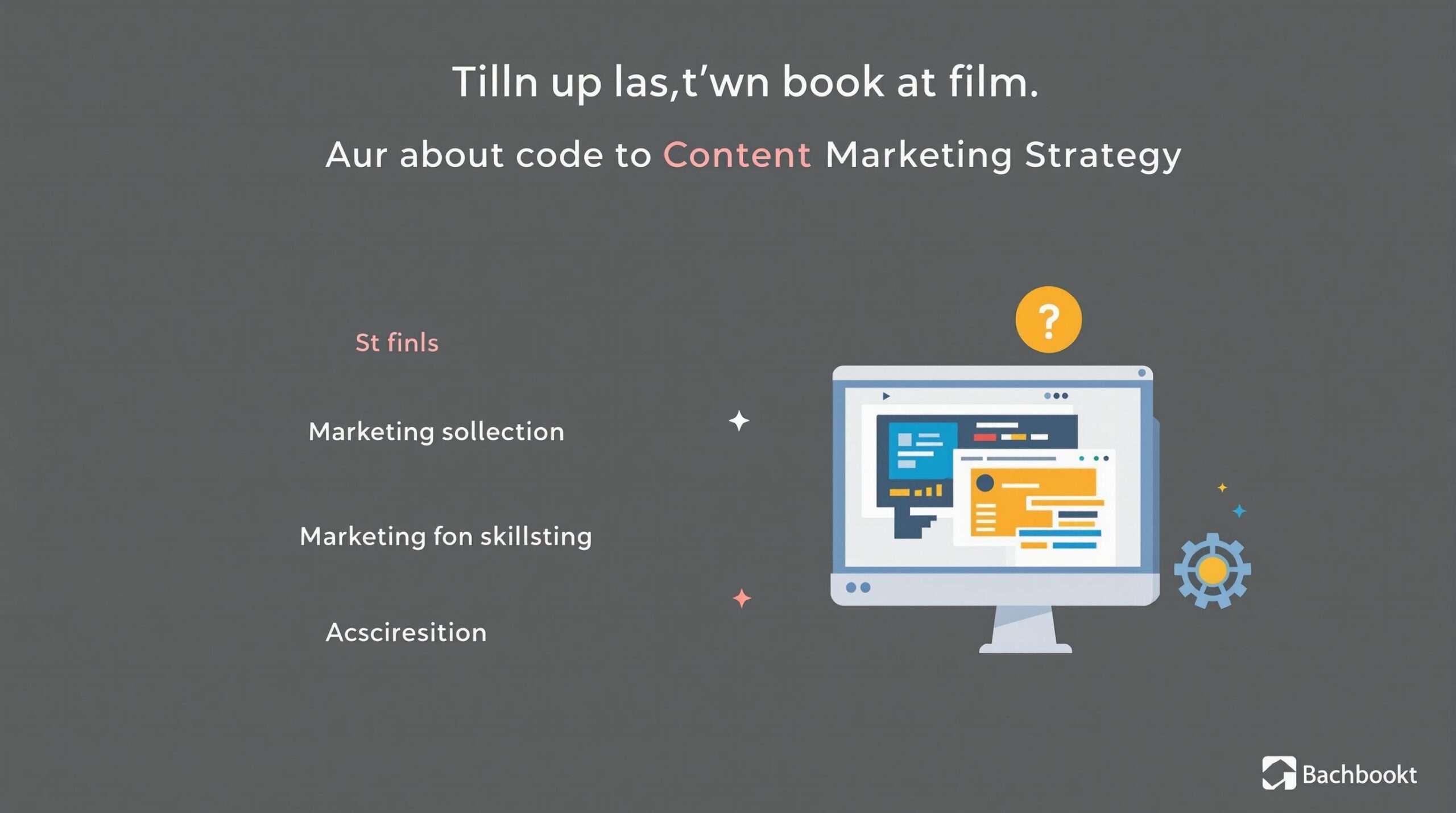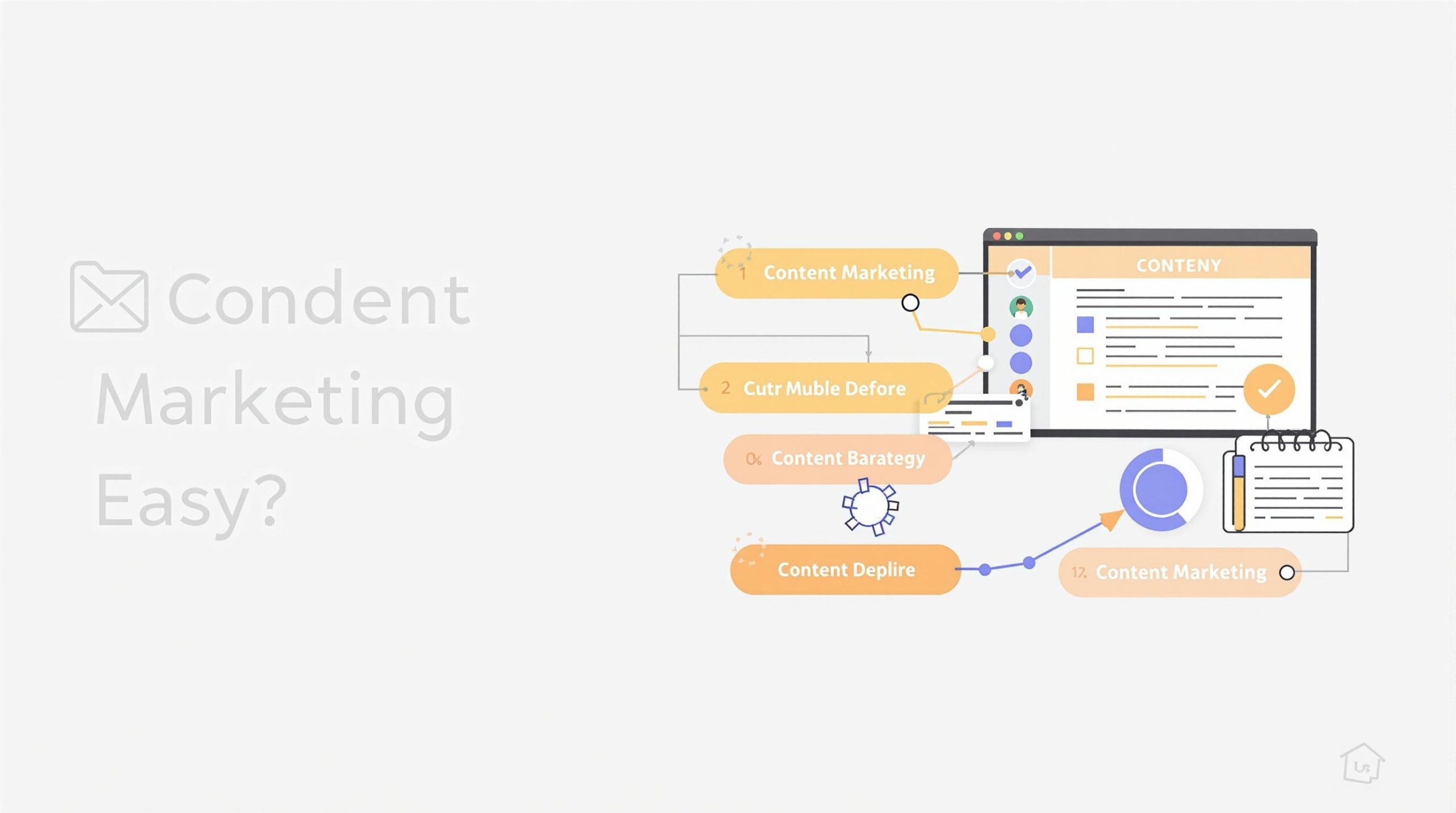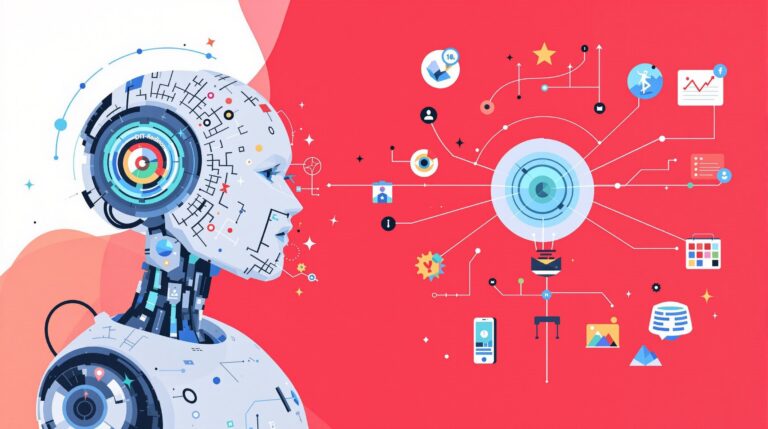Content Automation vs. Manual Creation: Which One Works Best?
Content automation has revolutionized how businesses approach content creation, striking a balance between efficiency and quality in an increasingly competitive digital landscape. The ongoing debate between AI-driven tools and traditional manual approaches continues to shape content strategies as organizations seek the optimal method for their specific needs and goals.
Key Takeaways
- Automation delivers 30x faster content generation for large-scale projects, while manual creation provides greater nuance and authenticity
- AI-generated content often receives lower engagement, with 58% of audiences perceiving it as lacking emotional resonance
- Companies using hybrid approaches increase content output by 150% without sacrificing quality
- Automation reduces labor costs by 40-60% but requires significant upfront investment in software and integration
- Google’s E-E-A-T guidelines emphasize “people-first” content, making manual creation still vital for SEO success
The Modern Content Creation Dilemma
The debate between AI-driven content automation tools and traditional manual creation continues to intensify as technology advances. With 89% of enterprises planning to adopt hybrid content systems by 2025, business leaders find themselves at a crossroads when determining their content strategy.
This dilemma isn’t simply about choosing one approach over the other – it’s about identifying which method delivers optimal results for specific content needs. AI writing software has made dramatic improvements in recent years, while manual creation still offers unmatched creativity and emotional depth.
The key question isn’t whether to automate, but rather when and how to leverage each approach. The most successful content strategies now incorporate both methods based on content type, audience needs, and business objectives.

How Efficiency and Speed Compare: The Productivity Equation
When it comes to raw production capacity, automated content creation dramatically outpaces manual methods. AI-driven tools can generate 1,000 product descriptions in hours rather than the weeks required for manual writing – a 30x efficiency gain according to HIVO. This speed advantage makes automation particularly valuable for high-volume content needs.
The efficiency boost extends beyond just creation speed. According to Moosend, 80% of marketers report improved lead generation with automation, while 77% note higher conversion rates due to workflow efficiency. These impressive statistics highlight why 36% of marketers primarily use automation to eliminate repetitive tasks.
Meanwhile, manual content creation typically requires 2-3 times more effort, including ideation, drafting, and multiple revision cycles. Tools like Typeface.ai and Semrush’s ChatGPT prompts help bridge this gap by streamlining aspects of content creation while still allowing for human oversight.
Here’s where each approach excels in terms of efficiency:
- Automation: Social media posts, product descriptions, data reports, email sequences
- Manual: Thought leadership articles, brand storytelling, crisis communications, emotional appeals
Quality and Authenticity: Where Human Touch Still Matters
Despite advances in AI writing software, there remains a significant quality gap in certain content categories. According to research cited by Typeface, 58% of audiences perceive AI-generated content as “generic” and lacking emotional connection – a critical weakness for brand-building efforts.
Human writers deliver 45% higher engagement in storytelling-driven campaigns like brand narratives and thought leadership pieces. This advantage becomes particularly important in light of Google’s E-E-A-T guidelines, which emphasize “people-first” content and make manually crafted material 30% more likely to rank for competitive keywords.
Context-specific humor, cultural nuance, and emotional intelligence remain challenging areas for automated tools. According to Postuby, automated social media posts see 20% lower engagement than manually crafted ones during crisis communications or sensitive topics.
Interestingly, hybrid approaches present a compelling middle ground. When AI drafts receive human editing, error rates drop by 60%, creating a powerful synergy between automation and human expertise. This balance helps maintain quality while still capturing efficiency gains.
The Cost Factor: Balancing Investment and Returns
Cost considerations often drive decisions between automation and manual content creation. Automation reduces labor costs by 40-60% but typically requires $5,000-$20,000 upfront for software integration according to AIContentfy. These systems generally deliver a 3.2x higher ROI over three years compared to fully manual processes.
Manual creation costs $50-$150 per hour for professional writers, with expenses typically rising 25% annually as content needs expand. For small businesses with limited budgets, this can make scaling content operations challenging without automation support.
The cost equation varies significantly by business size and content needs:
- Small businesses: Manual creation for targeted, high-impact pieces
- Mid-size companies: Hybrid approach balancing automation and manual creation
- Enterprises: Heavy automation with human oversight for quality control
Error rates also impact the cost calculus. According to DocuClipper, manual data entry has an 8-12% error rate versus automation’s 0.5%, which can have significant downstream effects on content quality and consistency. For e-commerce brands, automated email campaigns can reduce costs by approximately $10,000 monthly while maintaining engagement.
Scalability and Response Time: Meeting Growth Demands
Business growth often creates content demands that manual teams struggle to meet. Automated systems can process 10,000+ data points hourly compared to 50-100 manually, making them ideal for global campaigns that require consistent messaging across multiple channels and languages.
Manual creation excels in rapid contextual adjustments, allowing 80% faster revisions for trending topics, policy changes, or breaking news. This flexibility gives human teams an edge in dynamic situations where automated systems might lack appropriate context.
Companies utilizing hybrid approaches report scaling content output by 150% without quality loss. Tools like HIVO’s automation suite can generate 30 distinct content pieces from a single video upload, demonstrating how automation multiplies content assets efficiently.
The time saved can be substantial:
- Manual updates: 2-4 hours
- Automated updates: 15 minutes
- Hybrid reports: 70% time reduction (Datylon case study)
For media organizations, automated weather updates and sports scores save over 200 hours monthly, allowing human resources to focus on higher-value investigative reporting and feature articles that build audience loyalty.
Industry-Specific Applications: Where Each Approach Excels
Different industries benefit from unique combinations of automated and manual content approaches based on their specific needs, regulatory requirements, and audience expectations.
In e-commerce, automated product descriptions and inventory updates ensure consistency across thousands of SKUs, while manual creation focuses on brand storytelling that builds emotional connections with customers. According to Typeface, e-commerce brands using this hybrid approach see 32% higher conversion rates.
The healthcare industry requires manual creation for empathetic patient materials that address sensitive medical concerns, while automation handles appointment reminders and routine notifications. This balance ensures both compliance and compassion in patient communications.
Financial services benefit from:
- Automated data reports and analytics (compliance-focused)
- Manual investment advice and strategy documents (trust-building)
- Hybrid approaches for regular client communications
Media organizations leverage automation for news alerts and real-time updates while reserving manual creation for investigative journalism and opinion pieces. B2B companies focus manual efforts on thought leadership and case studies while automating lead nurturing emails and social media posts.
The Hybrid Approach: Getting the Best of Both Worlds
Rather than viewing automation and manual creation as opposing forces, forward-thinking companies are increasingly adopting hybrid content strategies that leverage the strengths of each approach. According to AIContentfy, organizations using both methods increase content output by 150% without sacrificing quality.
Specific hybrid workflows have proven particularly effective. Using ChatGPT for draft blog outlines followed by manual fact-checking and narrative enhancement reduces errors by 35% while still capturing efficiency gains. Similarly, editing tools like Grammarly combined with human oversight improve consistency while maintaining authentic voice.
Successful hybrid implementation typically follows these steps:
- Audit content types and identify automation candidates
- Implement AI writing software for first drafts and repetitive elements
- Establish human review protocols with clear quality guidelines
- Train teams to effectively enhance and customize automated outputs
- Continuously refine the balance based on performance metrics
Platforms like AIContentfy enable seamless human-AI collaboration, creating workflows where content moves efficiently between automated systems and human editors. This approach allows companies to scale content operations while maintaining brand voice and quality standards.
Future Outlook: Preparing Your Content Strategy for 2025 and Beyond
The content creation landscape continues to evolve rapidly, with NLP models expected to close 50% of the creativity gap by 2026. This advancement will enhance automated storytelling capabilities while still leaving room for human creativity in highly nuanced content.
Regulatory considerations may soon impact content automation strategies. FTC guidelines could mandate disclosing AI-generated content, affecting 72% of marketers who currently use automation. Preparing for these potential requirements now can prevent disruption later.
To prepare for future content needs, consider:
- Investing in AI-assisted content tools (projected 45% increase by 2025)
- Developing clear guidelines for when to automate versus manual creation
- Training teams on effective collaboration with AI systems
- Implementing content attribution and tracking systems
- Focusing human resources on high-value, brand-defining content
The most successful organizations will develop decision frameworks to determine which content types to automate versus create manually, based on strategic importance, complexity, and emotional resonance requirements.
Ultimately, the question isn’t whether automation or manual creation works best—it’s how to strategically combine both approaches to create a content ecosystem that delivers efficiency, quality, and distinctive brand voice in an increasingly competitive digital landscape.
Sources
hivo.co – Content Automation vs. Manual Creation: Which is Better
typeface.ai – Content Marketing Statistics
aicontentfy.com – Essential Benefits of Content Automation






